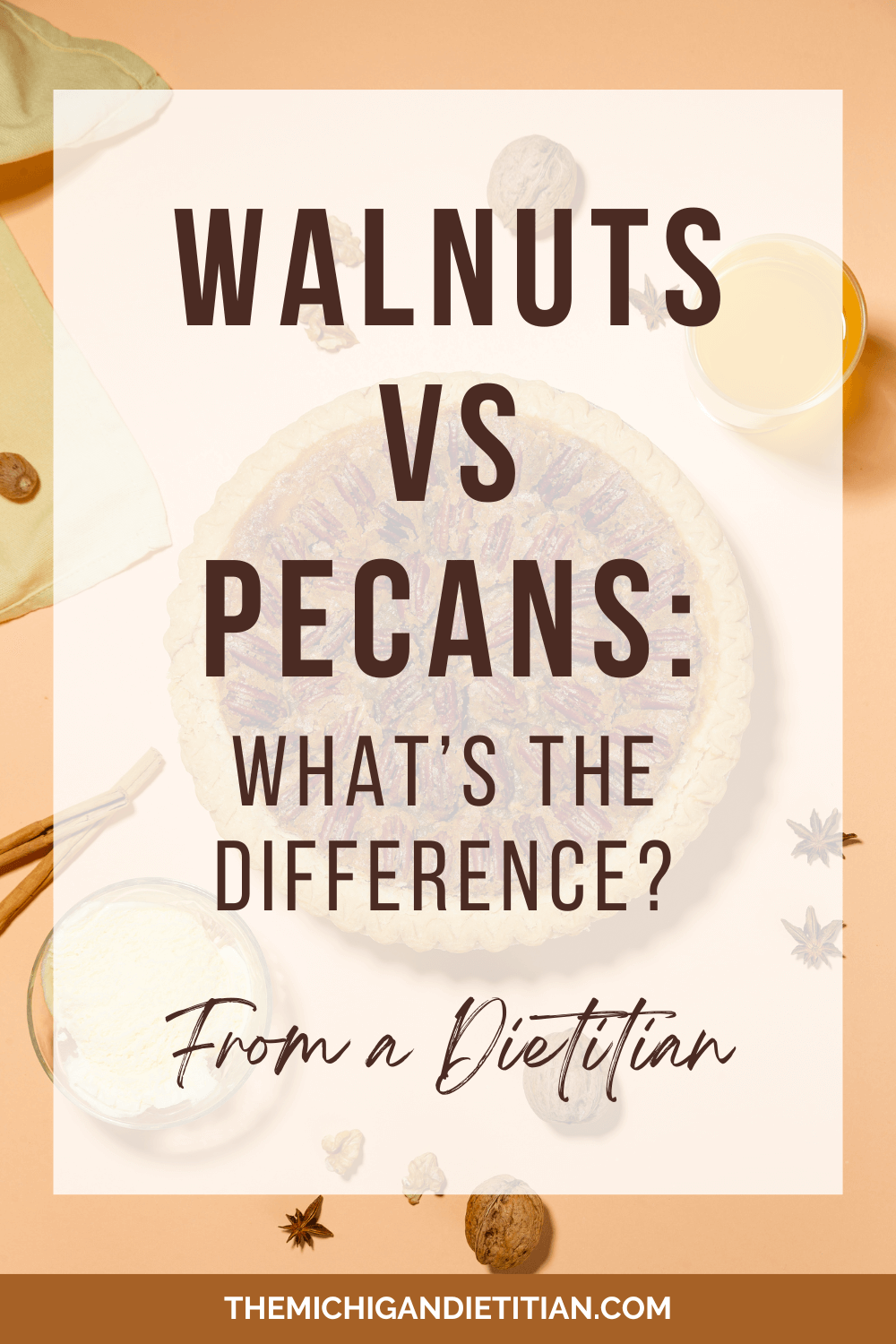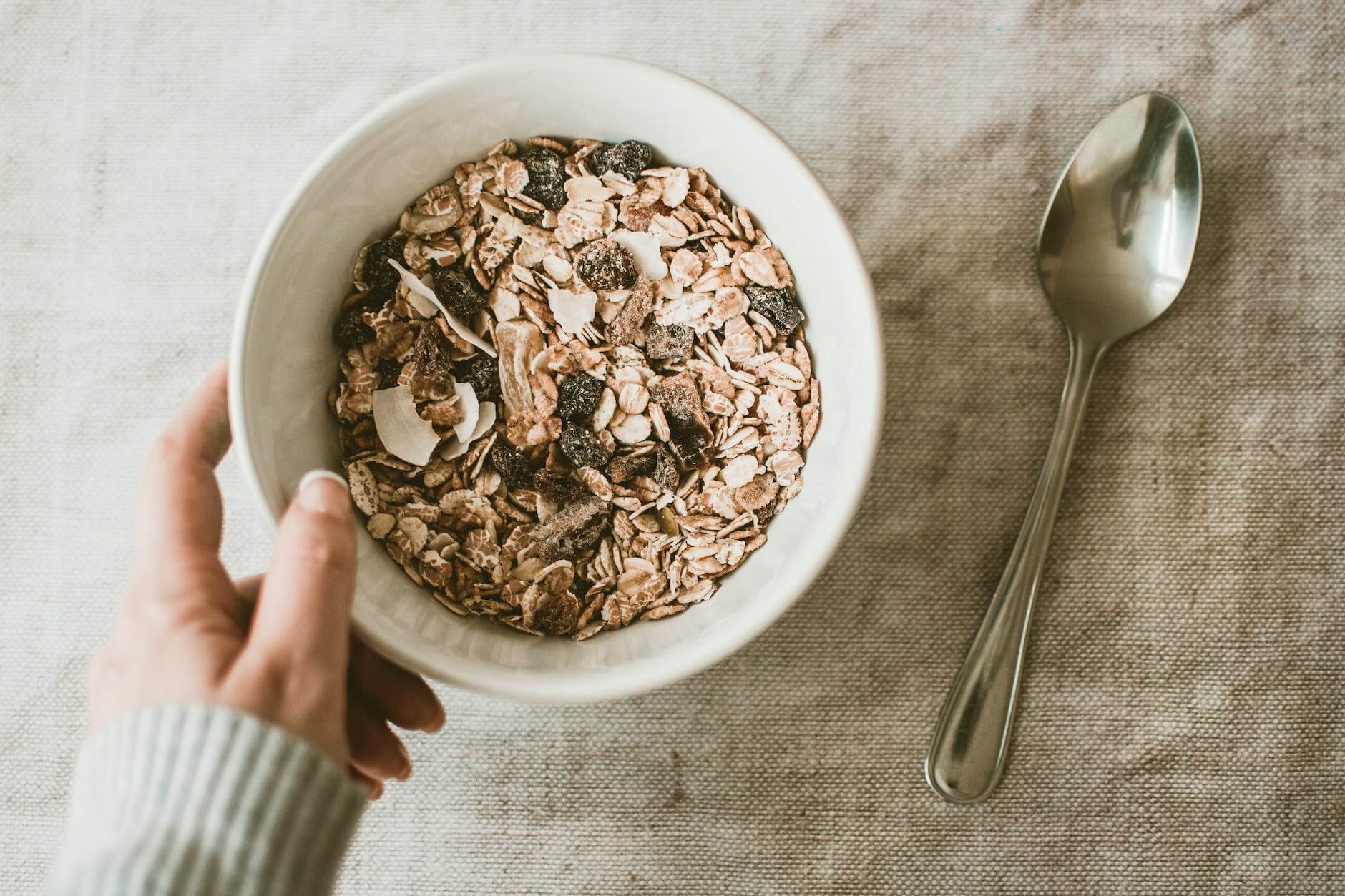It seems that lately plant-based protein sources have become heavily popular. Although animal-based protein sources are the go to for protein, there are ample ways to consume adequate amounts of protein, no matter the source.

What is Protein?
Protein is one of the three basic macronutrients. It is often times described as the nutrient that builds strong muscles and helps keep you healthy.
There are different proteins with different roles in your body, but no matter what, they are all made up of amino acids. Each of these proteins are found all throughout the body. About 30% of your protein is in your muscles, 20-30% is in your liver, and the remainder is in your red blood cells.1
As with most things, more information on proteins is continuously being discovered. Classification of a protein’s role based on its amino acid makeup will soon move researchers closer to a greater understanding of protein.
As of now, protein remains the mainstay of many health-minded diets and stands as the structure to you! You can obtain these necessary proteins from both animal and plant sources, but each choice comes about with additional considerations.

Animal-Based Protein and Plant-Based Protein Myths
There are endless articles describing why to eat one source of protein over the other. Along with many other aspects of nutrition, there are pro’s and con’s with every choice. In addition, every choice is individualized. It is impossible to make a broad statement guaranteeing one source over the other without intimately knowing the history, health, and goals of the person.
One common statement said about plant protein is that it is an incomplete protein. This is true, but that doesn’t make it worse than animal protein. It simply means certain animal protein sources should be paired with other foods that make up for what it lacks. So, with a bit of knowledge animal proteins can make up all the protein you need in a meal.
Another plant based protein myth is that it is difficult to eat enough protein. Actually, there’s more protein in many unexpected foods than you would expect. Plus, you likely don’t need as much as you think you do!

The Benefits of Animal-Based Protein
Animal sources have long-been the go-to source for protein. A great benefit of animal-based protein sources is that it is very well-known. That means no matter the education level, it’s likely known that animal products have protein.
Along with it being well-known, animal-based protein sources pack in a lot of protein in a small portion. You can have a deck of cards-sized portion of chicken breast and get 25g of protein! Have you seen a normal deck of cards lately? Well, they’re pretty small- and you probably eat more than that in a sitting!

The Benefits of Plant-Based Protein
Beyond the obvious benefits of consuming protein, animal-based sources bring about additional perks.
Plant-based protein sources tend to come packaged with more fiber than their animal-based counterpart. This is great as it is known that an overwhelming amount of people only tend to reach half of their daily recommended intake!
If you are looking to lose weight plant-based protein sources tend to have less calories. Although, this is a bit of a two-fold topic. There are usually less calories in a portion but there is also less protein. That means in order to have the same amount of protein as if you had an animal source you would have to consume additional servings. This may be a positive or a negative depending on your situation.
Additionally, plant-based proteins comes with the notion of not harming animals. That means the animals themselves are not harmed nor are they used to generate products. With eating plant-based protein you can not worry that you are eating at the expense of another living being.

How Much Protein You Need
Recently, an increase in protein consumption has become popular. All the average person really needs is about 0.8-1.0g/kg. That means if someone weighs 68kg (or 150lbs) they would likely need 54-68g of protein in a day. This is probably the amount you can consume without even trying!
Imagine- if you’re drinking a peanut butter banana protein smoothie in the morning with a serving of protein powder in it you’re probably getting 30g right there!
Of course if you have any medical condition or health goals these numbers will vary. Certain populations only need 0.6g/kg while others could need 2.0g/kg! Before making any major changes be sure to speak with your Registered Dietitian Nutritionist to find what’s best for you.
Complete Proteins
There are 20 amino acids. Your body can make 11 of these amino acids on its own, but the other 9 must come from food. For a food to be considered a complete protein it must contain these 9 amino acids. Some complete proteins are: eggs, soy products, and dairy products.
As you can see, you can obtain complete protein from both plant and animal protein sources. But, there are an overwhelming amount of animal-based choices compared to the plant-based sources. It is very possible to have a complete and balanced diet as a non-animal eater, you just may need to be a bit more aware of what you are eating.

Protein Pairings
One theory in nutrition is pairing many incomplete proteins food items together to create a meal with complete protein.
This idea is derived from traditional ways of eating from many different cultures. Beans and rice are one of the most popular examples of this phenomenon. Individually rice and beans are incomplete proteins but when paired together they create a dish that has complete proteins, fiber, and complex carbs.
Basically, what one item lacks in amino acids the other item contains.
Protein Choices and Sustainability
The food choices you makes every meals have a larger impact on the world, economy, and environment.
When selecting your food you must consider both the environment and nutrition. Plant-based milks advertise their low-impact on the environment but their nutrition tends to be inadequate. Animal-based sources have great nutrition but can only be utilized at the expense of an animal. For some this is a difficult choice while for others it is simple. No matter where you stand it is your decision to make.
Purchasing your food locally means your dollars stay in your community. It also means that your food has a smaller carbon footprint compared to another item that had to be transported from across the country. Ways you can purchase local is by signing up for a community supported agriculture (CSA) box, attending farmer’s markets, or growing/raising your own food.

An unexpected local item is milk. Did you know that most milk sold in grocery stores comes from your area. It’s pretty cool knowing that even if you are getting your protein from an animal source it is supporting your local producers. Every bottle of milk has a code on it to represent what farm it came from. If you’re really curious you can google the number and find out! If you live in Michigan these digits will begin with a 26.
Some low impact proteins include nuts and eggs while at the other end beef and lamb are some of the highest impact protein sources. If you are looking to reduce your impact but are a beef or lamb lover- don’t fret! Continue your diet as normal and make small incremental changes. Replace half a portion with a lesser impact protein then slowly incorporate more from there.
Every meal you eat is your vote for change. Educate yourself on what your choices result in and choose accordingly.

Animal-Based Protein Sources
Animal-based protein sources are exactly what you think of when someone says the term protein. It is the meat of the actual animal but also any food item derived from animals including eggs, butter, milk, and yogurt.
These foods are great sources of protein. They tend to be more complete protein that their animal-based counterparts.
A single serving of greek yogurt can have 17g of protein. That’s an awesome amount of protein for the portion of yogurt! By adding some fruit, peanut butter, and granola you can make a delicious parfait for a breakfast or as a snack and be guaranteed to stay on track for your protein intake for the day.

Plant-Based Protein Sources
Associating protein with animal products is normal, but it’s not completely true! Sure animal products have protein but so do plant sources!
Typically, a plant-based portion of food will have less amounts of protein than a portion of animal-based protein food. That just means you need to consume a little more of the plant-based protein.

Plant-based sources include foods that are not in any way derived from animals such as lentils, chickpeas, nuts, and surprisingly, potatoes! There is likely more protein in your everyday foods than you would have previously thought.
As food science continues to develop more and more plant derived are popping up on grocery store shelves. Some are created to imitate animal sources while others are a thing of their own. These options tend to include additional ingredients that are necessary to keep them safe and taste good. It’s always a good idea to eat as whole food as possible, but these products can always be used as an option!

Takeaways
- You can maintain a healthy and balanced diet no matter your protein source.
- There may be some considerations you need to think about depending on the source of protein you choose.
- It’s likely you are easily consuming enough protein for yourself.
- The average health person will likely need only about 1g of protein per kilogram of bodyweight.
- Animal-based protein sources can also be sustainable.
If you are interested in discovering more sources of protein you can read the article Surprising Sources of Protein. Protein is a key nutrient in your daily diet, but don’t stress over it!
Disclaimer
This is not medical advice. Always speak to your doctor or consult a Registered Dietitian prior to making a great diet changes.
References
- Haurowitz F. protein | Definition, Structure, & Classification. Encyclopedia Britannica. https://www.britannica.com/science/protein. Accessed June 16, 2022.

Follow along on Instagram for more nutrition, recipes and body positivity!




Leave a Reply